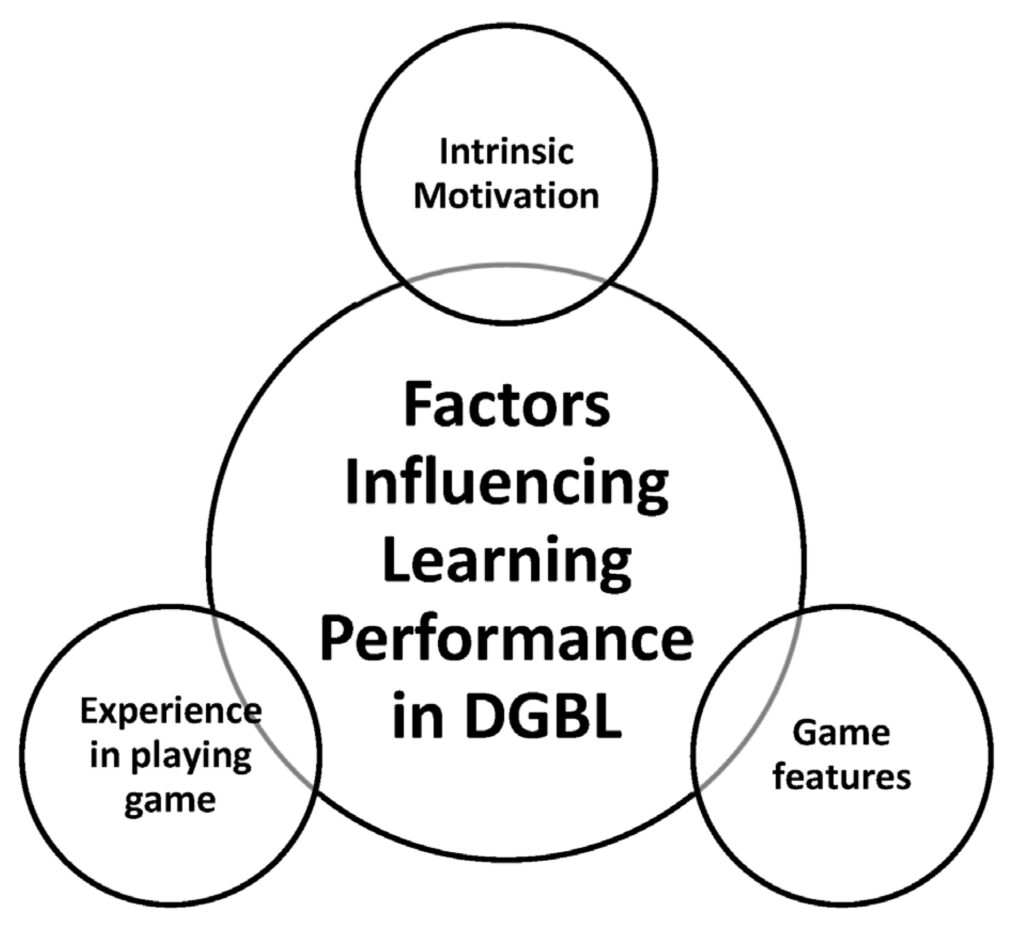User feedback and iteration are crucial elements in game design to create games that are enjoyable and engaging. Game designers must obtain user feedback through various channels, such as surveys, user reviews, and focus groups, to get insights into the player’s experience. Refinement and improvement of the game through multiple iterations are necessary to change and improve games based on feedback. However, designers must make changes gradually and with care to avoid disrupting the gameplay experience, and maintaining game balance. Game designers should use strategies like regular updates and patches, focus groups and user testing, user surveys and reviews, and data analysis to enhance the player experience.
User Feedback and Iteration in Game Design: Strategies for Enhancing the Player Experience
Introduction
Game design is an iterative process, which means that it is constantly being refined and improved based on user feedback. This feedback is essential for creating games that are enjoyable and engaging for players. In this article, we will explore the importance of user feedback and iteration in game design, and the strategies that game designers can use to enhance the player experience.
The Importance of User Feedback
User feedback is vital to the success of any game. It allows game designers to see the game through the eyes of the player and make improvements that may have been overlooked during development. User feedback can be obtained through a variety of channels, such as focus groups, surveys, and user reviews.
One of the most important aspects of user feedback is that it provides insight into the player’s experience. Players can provide feedback on what they liked and didn’t like about the game, as well as suggestions for improvement. This information is invaluable to game designers, as it allows them to make changes that will improve the player experience.
Iteration in Game Design
Iteration is the process of refining and improving a game through multiple iterations. This process is essential in game design because it allows designers to make changes and improvements based on user feedback. This iterative process can continue throughout the life of the game, which means that a game can be constantly improved and refined to meet the changing needs and expectations of its players.
Iteration comes with its own set of challenges. One of the biggest challenges is making changes without disrupting the gameplay experience. Changes to the game’s mechanics or design can be jarring for players, so it’s important to make changes gradually and with care. Another challenge is maintaining the game’s balance while making changes. Game designers need to ensure that the changes they make do not unbalance the game or give players an unfair advantage.
Strategies for Enhancing the Player Experience
There are several strategies that game designers can use to enhance the player experience through user feedback and iteration. These strategies include:
Regular updates and patches
Regular updates and patches are a great way to address issues and make improvements to the game. They can also provide players with new content, which keeps the game fresh and engaging. It’s important for game designers to communicate with players about updates and patches, so they know what changes are being made and why.
Focus groups and user testing
Focus groups and user testing are a great way to get feedback from players in a controlled setting. This feedback can be used to make improvements to the game’s mechanics, design, and overall experience.
User surveys and reviews
User surveys and reviews can provide valuable insights into the player experience. By reading user reviews, game designers can get a sense of what players like and don’t like about the game. Surveys can also be used to gather feedback on specific features or aspects of the game.
Data analysis
Data analysis can be used to track player behavior and identify patterns. This data can be used to make changes that will improve the overall player experience. For example, if data analysis reveals that players are struggling to complete a particular level, game designers can adjust the difficulty to make it more manageable.
Conclusion
User feedback and iteration are essential elements of game design. By listening to players and making improvements based on their feedback, game designers can create games that are enjoyable and engaging. The strategies outlined in this article are just a few examples of how game designers can enhance the player experience through user feedback and iteration. With the right approach and the right tools, game designers can create games that are truly unforgettable.
